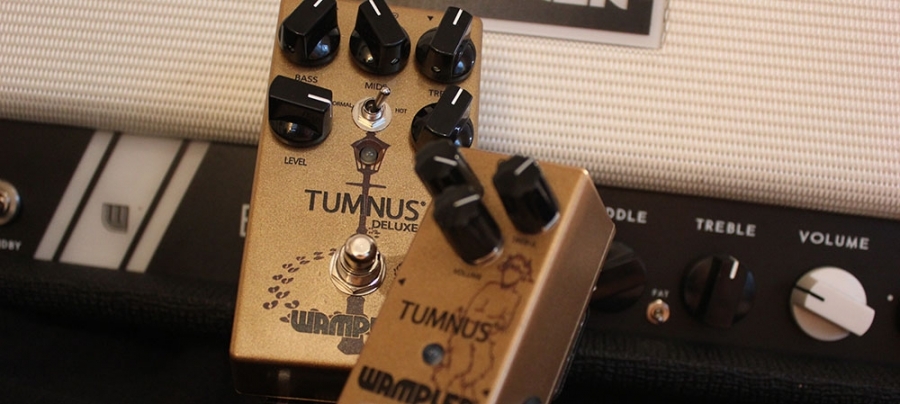
When you are lurking on as many gear forums that I am (it’s no wonder my sanity is often questioned) you start to notice patterns forming, you see the same questions come up, and quite often you get to see some great answers and also some terrible ones. I was explaining to Mrs Wilding a couple of weeks ago that at times it feels like I’m in a room with about 100,000 other people and I can hear all the conversations in the room at the same time… Sometimes, the conversations just pass you by but others stick out, especially when you hear the same conversation happening over and over again.
One of those topics that comes up time and time again is “boosts” – the different kinds and where to place them, even which one… so I’m going to write an answer at my level, which is idiot level, to try to explain it all. This may contain information you already know, but hopefully, it will contain some information that you haven’t consolidated yourself yet so there may be something useful in here for you!
When you boil it all down, there are (in my opinion), 3 kinds of boosts that guitarists favour. A clean boost, a treble boost and what’s often classed as a dirty boost, this could be called a coloured boost, or a tone shaping boost or a multitude of other names. The main consideration when deciding which is for you is what you fundamentally want it to do, and where you plan to put it in your chain. My own live rig runs two boosts, one pretty well up the front and one right at the back. Unsurprisingly, they are both Wampler – the Tumnus Mini sits at the front (after the compression and pre-gain modulations) before the main gain stages and the dB+ is right at the back (well, it sits before the reverb pedal but that is an always-on pedal so it doesn’t count!) and acts as a literal volume boost.
The thing that kinda makes me smile is when someone asks online “Recommend me a clean booster” and the thread instantly fills up with shouts of “EP Booster”, “Tumnus”, “TS” and the like and more often than not no one will stop to ascertain what they need, it may be that they need a dirtier boost or not. I would say that 99% of the time the dirtier version will be better, but you know….
Clean boost.
The clean boost does just that. It boosts the output of the signal coming in before it goes out. A lot of them are sold on the basis of a HUGE amount of boost, and for me, that kind of goes against the intention of them. Putting a clean boost in front of your gain stages will just increase the signal going in causing them to clip quicker, so you kind of get more of the same – where’s the fun in that? So, in my opinion, clean boosts are much better situated at the very back of your chain to ensure that when you go in for a solo, everyone can hear you over the rest of the band. Of course, this is not a hard and fast rule, a lot of people love their clean boost in front (especially if you are driving amp gain) because, well… they love their tone. So, happy days. But, once you start enjoying the beauties of a dirty boost it’s hard to ever go back to clean for pre-gain. In a nutshell, the classic clean boost will not add any clipping and it will NOT change the EQ of the signal, as EQ and clipping are so closely connected when you think about pedal dirt, it’s hard to separate them fully.
Treble Boost.
Kind of self-explanatory… takes the higher ranges of the tone and boosts it, this will in turn cause whatever sits behind it to clip into overdrive much quicker based on the frequencies that are hitting it.
‘Dirty’ Boost.
Now, this is where the real fun starts, well it does for me anyway. Thinking about it, I actually use 2 dirty boosts in my rig as I run the c2 side of the Paisley Drive Deluxe into c1 and only tend to use it for high gain stuff… So, why do I do this? Well, it’s all about the options it gives me with tone shaping, and how it makes my guitar feel under my hands. The amps I play with are set at totally clean at all times, so when it’s just the Tumnus that is on it kind of gives it a little nudge, adds very little gain (clipping) and the volume is set to unity. So, it’s not really pushing the amp in any direction, it just throws a gentle EQ curve across everything while giving it a little bite. It’s barely noticeable on the clean sound, but when it’s put on when the PaisleyDog is engaged, it fills it out SO much I can’t really describe it. Everything is warmer, fatter and it really pushes it forward. Not in a way that it makes my guitar sound louder, just fuller. When I then kick in Paisley Drive side (which is effectively set at full TS mode) the combined boosting of the TS frequencies and the K style frequencies produce a wall of sound that is huge. As I use a programmable looper in my rig, I have the following combinations available to me…
1) Clean, 2) Tumnus, 3) Paisley Dog, 4) Tumnus -> Paisley Dog, 5) Paisley Drive -> Paisley Dog 6) Tumnus -> Paisley Drive -> Paisley Dog.
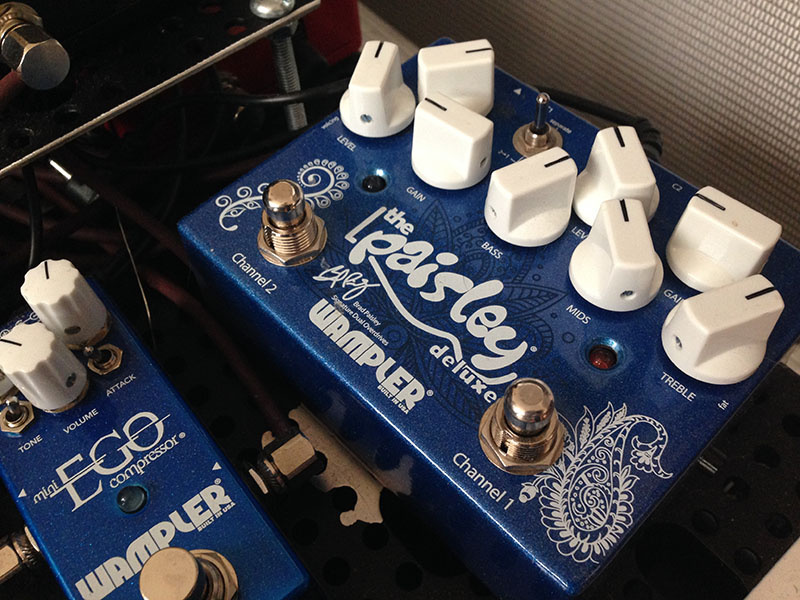
Main Dirve section on the right (c1) with the TS boost on the left (c2)
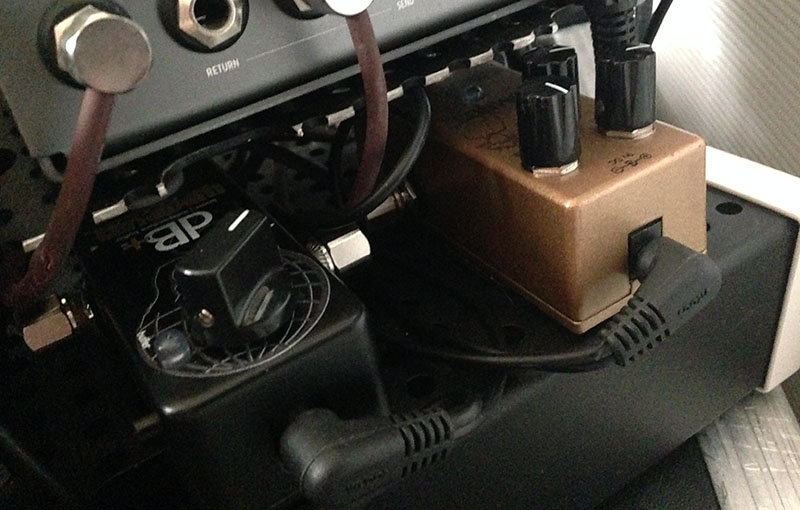
My hidden boosts. dB+ for final solo boost and Tumnus Mini for pre, pre boost.
Now, the Paisley Drive is set somewhat different than the Tumnus, it’s set just above unity volume with a little more gain applied so when it hits the Paisley Dog side, there is an increase of overall gain as well.
With this in mind, how does all this work technically? The best way to think about dirty boosts is that it’s not about adding clipping to the chain, well, it is, but it’s more about the EQ shapes that they provide into your core signal. EQ is everything! As the Tumnus is a K style and the Paisley Drive is TS style (in one of the modes, and that’s the mode I use it in), I’m adding a largish amount of EQ to my tone when they are kicked in. The TS brings in a hump that centred at around 723hz and the Tumnus centred around 1k (these can and will change when you use the tone controls so that’s not gospel), the change in the character and depth of the main overdriven tone is quite remarkable. It does bring in a little clipping (gain), but you know, what it mostly brings is a jump in response from the EQ stacks, so I can easily control the feedback point and sustains for ever. When people look at the settings on my pedals they are quite surprised how low the gain is set on each, because when they are stacked, the inherent EQ shapes are bringing the gain that’s already there front and centre, with a much more 3D depth… that’s not how it works, but that’s how it feels.
If you are thinking about a booster pedal, think about what you really need it to do and where you should place it in your chain. Are you after a literal boost for your solos or are you looking for something that changes your tone into something else. The vast majority of people want the latter I think, so the choice then is which voicing you want to bring in – most people instantly think about a TS or a K, but then again there treble boosters (that explode those higher frequencies that bring the character of the subsequent drives/gain stages to a whole new place), or pedals like EP booster that bring another element of width and fullness of its own character, I’ve seen a lot of boards that have an EP at the start and at the back, purely because the warmth it brings also sounds great as an end of chain boost as well.
As I’ve now been using the double boost pre-gain for quite some time now, I’m pretty certain I won’t change as it works so well, but, the older I get the more I start to think of downsizing, so who knows? Maybe we need to do a triple pedal that utilizes both kinds in a single box with one killer core gain stage at the end (I wish I was famous, I would totally have that as my signature pedal). With all this in mind… what is a clean boost in your mind – it is about clipping? Is it about volume? Should EQ play a part in this?
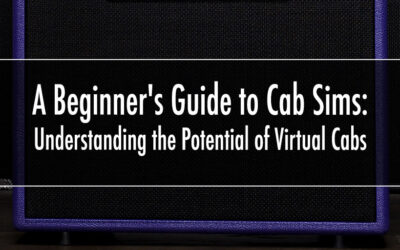
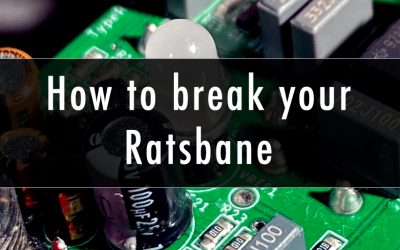
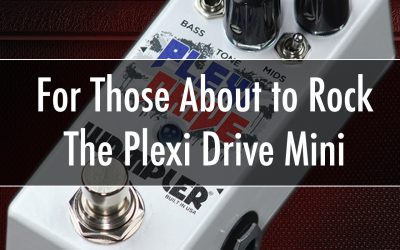
I have a tumnus deluxe and a ts9. I love the ts9 mid hump frequency but it doesn’t cleanup well. I like the cleanness of the tumnus. Is their a ts9 clone that cleans up like the tumnus but with the ts9 mid hump frequencies?
Yes it’s called TS808 and it’s vastly superior to the TS9
Great article, I use Tumnus mini and Clarksdale before Greer Lightspeed, and the MXR 10 band eq at end of chain with mids boosted 3db and 100hz cut 3db. Sometimes I feel like the Tumnus is just for cork sniffing tone, but the Clarksdale is awesome for cutting through the mix and making a super thick lead tone when stacked.
Really good article. I imagine what you hear is different at high and low volumes and playing alone or with a band (EQ). I love late 60s to early 70s rock and recently bought a Tumnus. I also have an ODR1 and a ThorpyFX Heavy Water (which I love). I use a drive channel not quite at break up. I have played around with the order with a Strat and found what I liked and what cut through most in a noisy band was the ODR1 (Gain 9-12: Spectrum 3 o’clock: Volume unity)>Heavy Water>Tumnus (Gain 9-12: treble 1-3 o’clock: Volume a bit over unity). The ThorpyFX left channel boosts the treble a lot and the right channel with the bass at 11 sounds very full bodied. so, there’s a big range of EQ there as well as clean to middish dirt options while still feeling the full dynamic range coming through. But, I do like to tweak so the Tumnus will probably be first next time out. Maybe it would be easier to play in a band with just one guitar:)
I have a Tumnus which I LOVE going into an AC15HW. Wow.
I have thought about getting a treble boost, perhaps a Caitlinbread Naga Viper. My sense is that it would have more of an on the verge of chaos sound. Does Wampler make a Treble Boost.
I also have a Fender Princeton and a Bogner Shiva with El 34s.
Since when is the Tumnus known as the ‘Tumnus mini’?